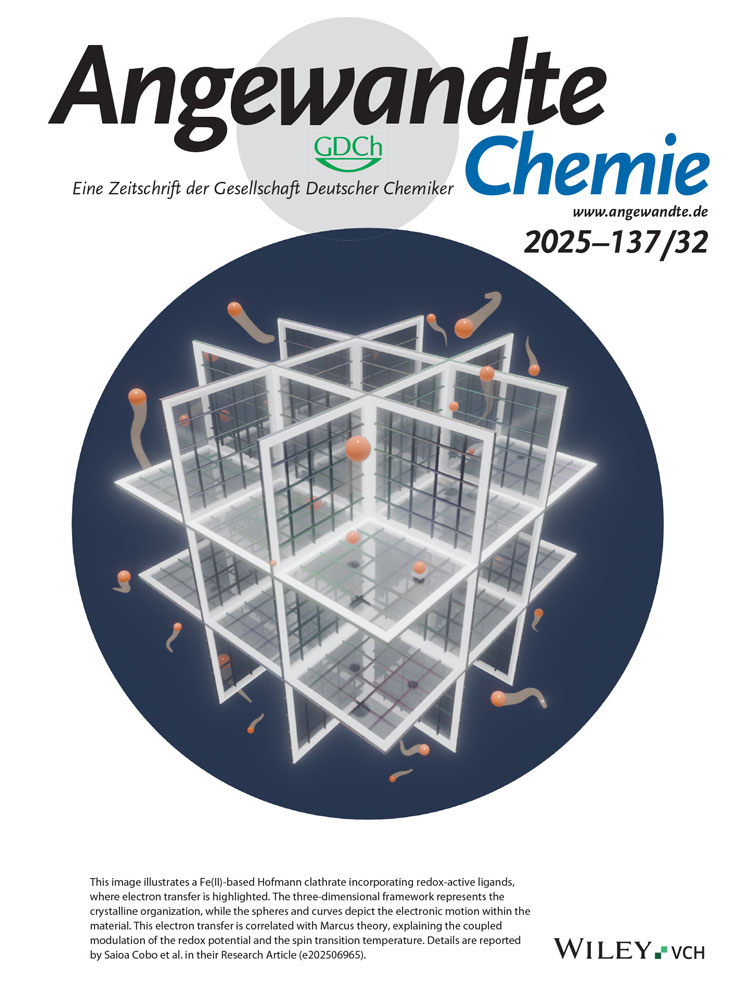Die nucleophile aromatische Substitution – ein Schlüsselschritt auf dem Weg zur Totalsynthese von Vancomycin?†
K. B. dankt den National Institutes of Health (NIH) für ein Research Career Development Award und der Alfred P. Sloan Foundation für ein Stipendium. C. M. dankt den NIH für ein Doktoranden-Stipendium. – Abkürzungen: TFA = Trifluoressigsäure, TFAA = Trifluoressigsäureanhydrid, BOC = tert-Butyloxycarbonyl.





